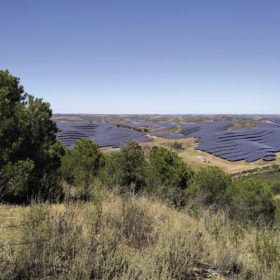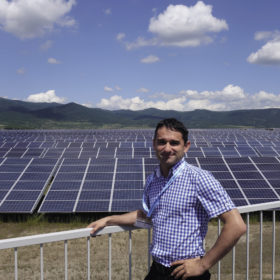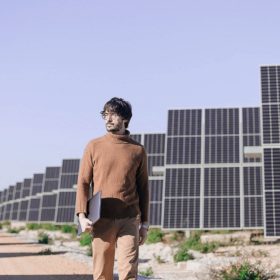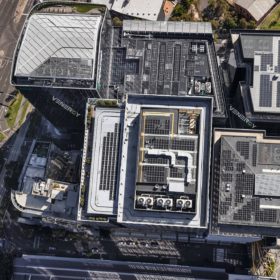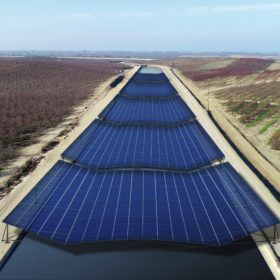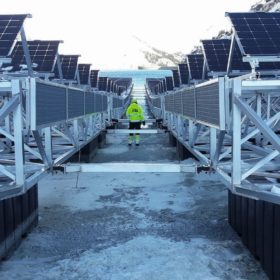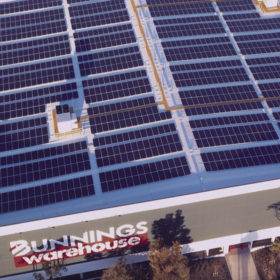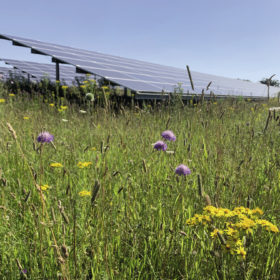Enormous potential
Portugal’s PV tenders have generated headlines on the back of world-record tariffs. But the country has failed to add meaningful capacity and is now struggling to establish a workable licensing system. Merchant solar shows enormous potential to drive the market, but will politicians listen?
Collateral damage as conflict bites
Western sanctions imposed on the Russian economy have complicated shipments of PV equipment into the country from the European Union and elsewhere. This has prompted the Russian authorities and businesses to increase localization efforts. The long-term outlook is bright, but a short-term crunch is coming, writes Vladislav Vorotnikov.
Ripple effects of Russia-Ukraine
The war in Ukraine has acted as a brutal wake-up call for governments to act and reduce their dependence on Russian fossil fuels. Many have pledged to hasten project timelines for renewables, but there are mixed reports about impacts on investor confidence and projects under development in Ukraine’s neighboring countries. Marija Maisch reports.
Fast-changing PPA landscape
Power purchase agreements are ideal risk-management tools, given that electricity price volatility is the new normal and renewables uptake is a matter of urgency due to untenable Russian gas dependency. pv magazine sat down with Andy Sommer, team leader of fundamental analysis and modeling at Swiss trader Axpo Solutions, to discuss the situation of prices and PPAs in Europe.
Sky-scraping solar
As people have gradually migrated to the world’s cities, urban areas have migrated upward to scrape the sky. And yet, while one of the first principles of power generation is to generate as close as possible to the point of consumption, energy systems have long been designed to deliver electricity to major cities from distant hubs. But now, thanks to recent advances in solar panel energy density and building-integrated PV, vertical cities could soon be standing tall under their own power.
Canal-top solar solution
Climate change is exacerbating water scarcity in many parts of the world, and while renewable energy is a long-term solution, in many cases it is a short-term solution, too. One such case in the energy-water nexus is that of canal-top solar, which was pioneered in India a decade ago, when the first canal-top solar array was installed in Gujarat. And new findings from the University of California and the resulting Project Nexus are now shining attention on a symbiotic application: saving water, while generating solar energy, without occupying arable land.
Keeping FPV afloat
In many parts of the world, project developers and owners are increasingly looking to floating PV as the next long-term growth market in utility-scale solar. Gian Schelling, global business development manager for Hitachi Energy, says that PV-on-water can rise above the current challenges it faces by drawing on the lessons learned from offshore wind development.
Australia’s solar cliff looms
Some believe Australia has begun to tip over the “solar cliff,” reaching penetrations that are becoming disruptive to the balance of the grid and to the business models of solar companies themselves. Following notable exits from the market, alarm bells are ringing for solar companies to offer more than just solar installations, writes pv magazine’s Bella Peacock.
Home is where the decarbonization is
Rising home electricity consumption underscores the importance of making the most out of solar electrons, says Yogev Barak, chief marketing officer for SolarEdge Technologies. The SolarEdge Home smart energy management system seeks to push solar self-consumption rates up via the adoption of energy storage and the integration of smart devices.
The dawn of deep green solar
The importance of biodiversity on solar farms is coming into sharper focus, due to the intersecting forces of sustainable finance and the UK Environment Act. These positive influences will likely change the way the industry and the public view solar farms, as they evolve into biodiversity hotspots that lead the recovery of nature. Everoze Partner Ellie van der Heijden discusses how boosting biodiversity can be an opportunity for solar developers and investors to increase their positive impact.
